Recently, TripZilla had the distinct pleasure of attending the Thailand Travel Mart Plus 2025, an event that showcased what the Land of Smiles has to offer in 2025. While we were excited to learn more about the exciting upcoming events in Thailand, we were also grateful for the opportunity to explore Thailand while we were there.
Our post-event itinerary led us on a whirlwind two-day adventure through the cultural heartlands of Northern Thailand: the vibrant city of Chiang Mai and the charming, laid-back town of Lampang. It was a trip that blended the contemporary with the traditional, leaving us with a trove of memorable experiences and a deep appreciation for the region’s unique allure.
Also read: Mountain Villages in Thailand Worth Visiting During the Low Season
Chiang Mai: A blend of modernity and tradition
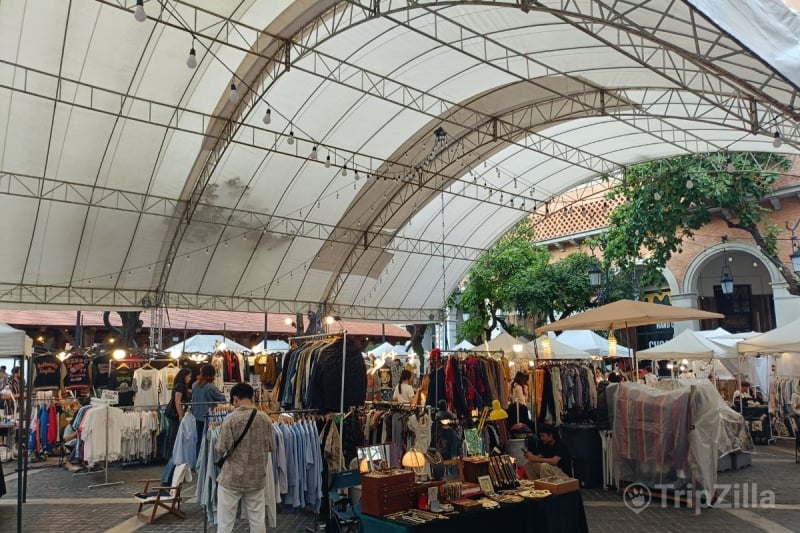
Our Chiang Mai exploration kicked off in the trendy Nimman area, specifically at One Nimman. This contemporary open-air mall is a vibrant oasis brimming with food, culture, shopping, and various services.
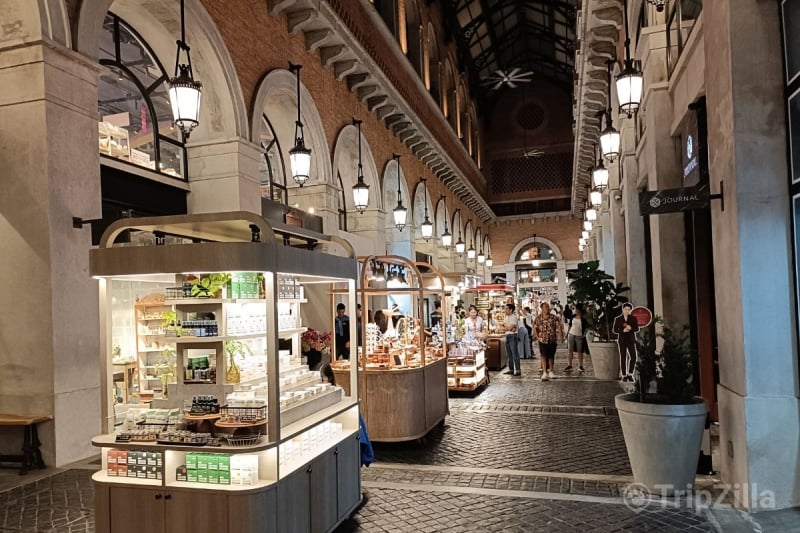
The atmosphere here is undeniably good, a place where you can easily spend hours wandering through boutiques, art galleries, and an array of eateries. It’s a testament to Chiang Mai’s ability to seamlessly weave its rich cultural heritage with innovative, modern aesthetics, making it a must-visit for anyone looking for a lively, upscale experience. The evening market, particularly on weekends, transforms the central square into a lively gathering spot with street food and live music, adding to its dynamic charm.
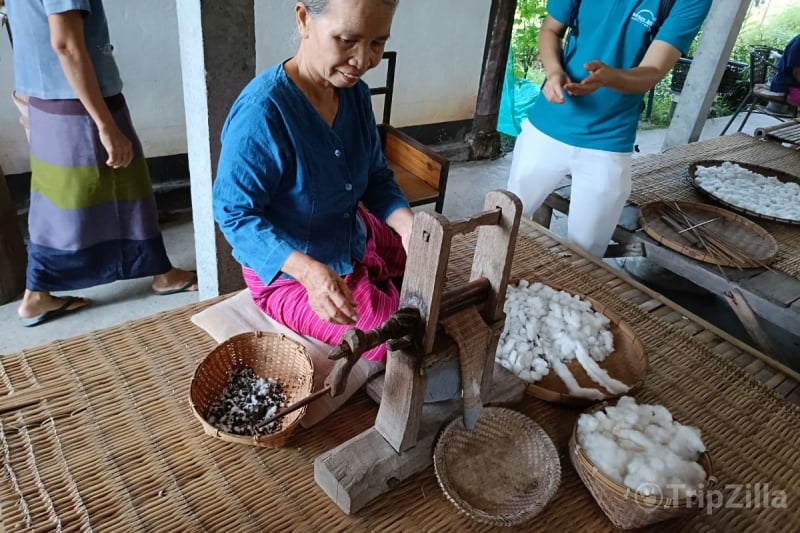
Beyond the urban buzz, we delved into the more traditional side of Chiang Mai with a visit to the Ban Pong Huai Lan community in the San Kamphaeng District. This was a truly enriching experience, offering a glimpse into the local way of life and the preservation of traditional crafts. Here, we had the opportunity to learn about the intricate process of weaving handicrafts and got to taste a local dessert called ‘Kanom-Khee-Maeo,’ a delightful sweet Thai coconut custard that perfectly rounded off the immersive cultural experience.
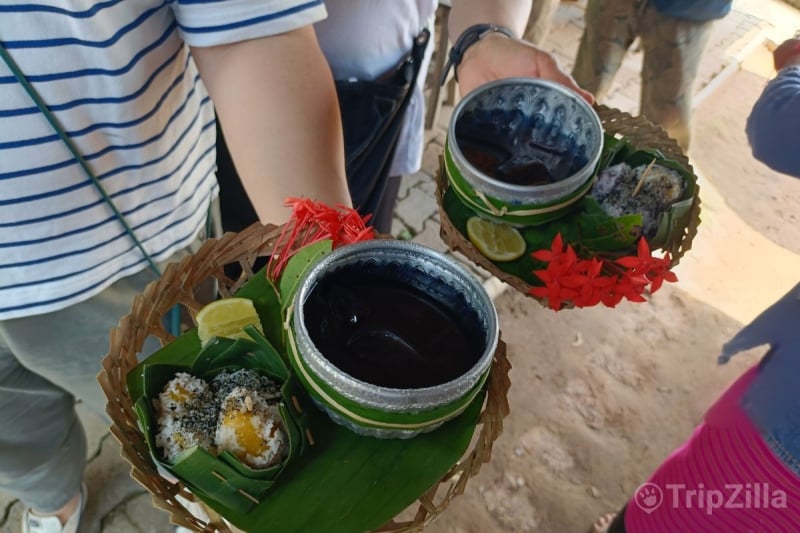
No mention of Chiang Mai would be complete without acknowledging the magnificent Yipeng Festival. While our visit didn’t coincide with this spectacular event, its significance resonated throughout the city. Also known as Yee Peng, it’s a religious event rooted in Lanna culture, celebrated during the second full moon of the Lanna calendar month. The highlight, of course, is the mesmerising release of sky lanterns, believed to carry away misfortunes and usher in good luck. The city truly comes alive with candles illuminating the streets, creating a warm and enchanting atmosphere that we can only imagine witnessing firsthand.
Lampang: The Rooster City’s endearing character
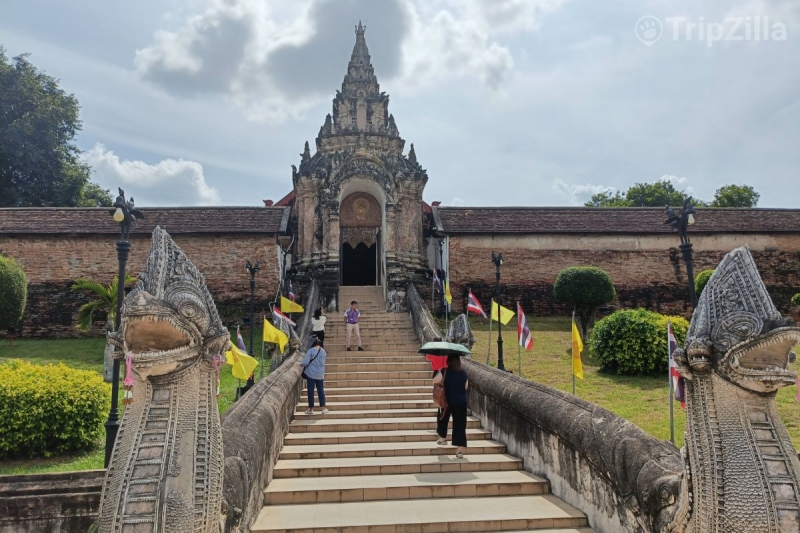
Our journey continued south to Lampang, often referred to as the ‘Rooster City.’ This charming town offers a delightful contrast to Chiang Mai’s bustling energy, exuding a more relaxed and authentic Thai ambience.
Our first stop in Lampang was the revered Wat Phra That Lampang Luang. This historical Buddhist temple complex is not only a stunning example of Lanna architecture, with its gorgeous wooden viharn (assembly hall) dating back to the late 15th century, but also a site steeped in local legend.
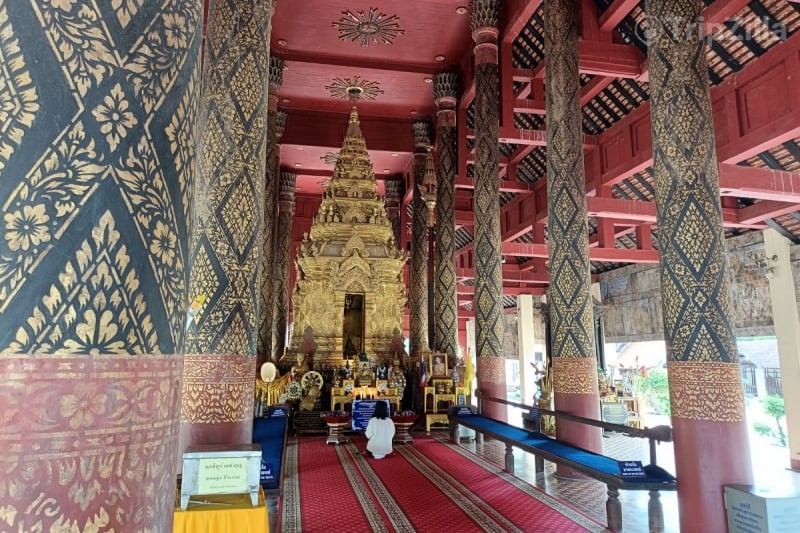
The temple is particularly significant for those born in the Year of the Ox, as its construction remarkably began and ended in that same zodiac year. What truly captivated us here was the story of Naan Thip Chang, a past hero whose courageous deeds are immortalised within the temple walls. Evidence of his daring acts, including bullet marks on the temple wall, marks the very spot where he bravely infiltrated the temple to successfully kill the Burmese Lord, Thao Maha Yot, who had seized control of Lampang. It was a fascinating blend of spiritual reverence and historical intrigue.
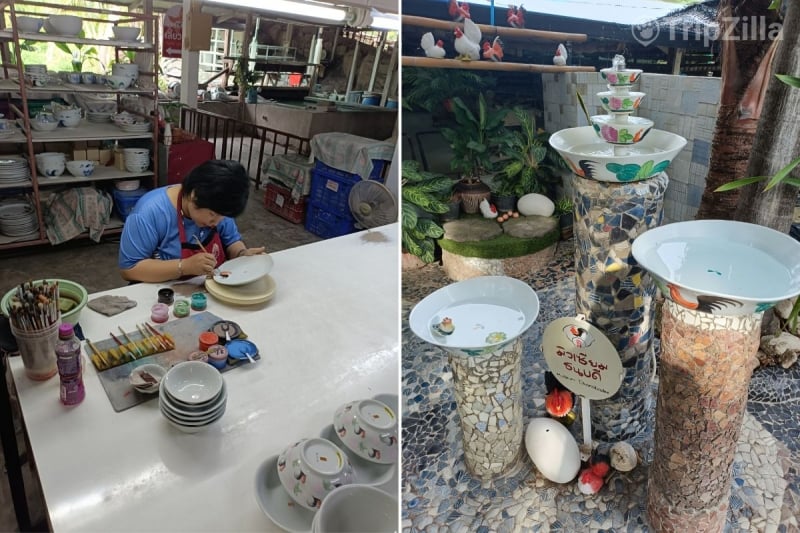
Next, we ventured to the Dhanabadee Ceramic Museum, a place that beautifully illustrates Lampang’s enduring connection to its ceramic heritage. The museum vividly showcases the process of crafting the iconic chicken bowl and other ceramic items, from the raw materials to the intricate painting. It was particularly interesting to learn about the history of the chicken bowl, a ubiquitous symbol of Lampang.
The fact that the intricate paintings on these bowls are all painstakingly hand-painted added another layer of appreciation for the craftsmanship. We also had the chance to see both old dragon kilns and more modern kilns, providing a comprehensive understanding of the evolution of ceramic production in the region.
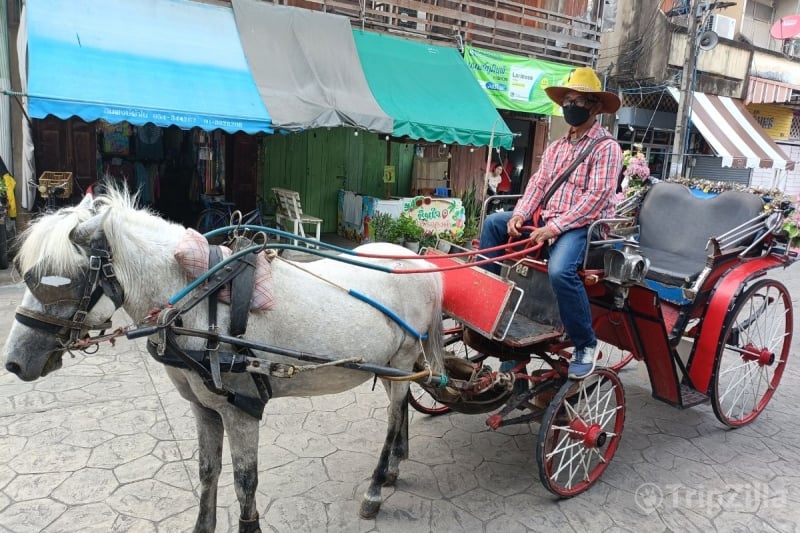
A quintessential Lampang experience, and one we thoroughly enjoyed, was the horse carriage ride. It offered a wonderfully unique perspective of the town. Trotting along the streets, it was interesting to observe how cars and horse carriages gracefully share the road, a rare sight in today’s modern world.
It also became apparent that for some of the older residents, the horse carriage is still a practical and preferred mode of transport, even for daily errands like going to the market. This truly highlighted Lampang’s unhurried pace and its charming adherence to tradition.
To round off our Lampang explorations, we sought out Moung Ngwe Zin Cafe. Housed within the historic Moung Ngwe Zin building, this charming establishment now serves as an art gallery and cafe on its ground floor. The building itself is a piece of history, adding to the cafe’s unique character. While our visit was during a weekday, it’s worth noting that the cafe is typically open on Saturdays and Sundays, offering a relaxed setting to enjoy a brew amidst local art.
A taste of Northern Thailand
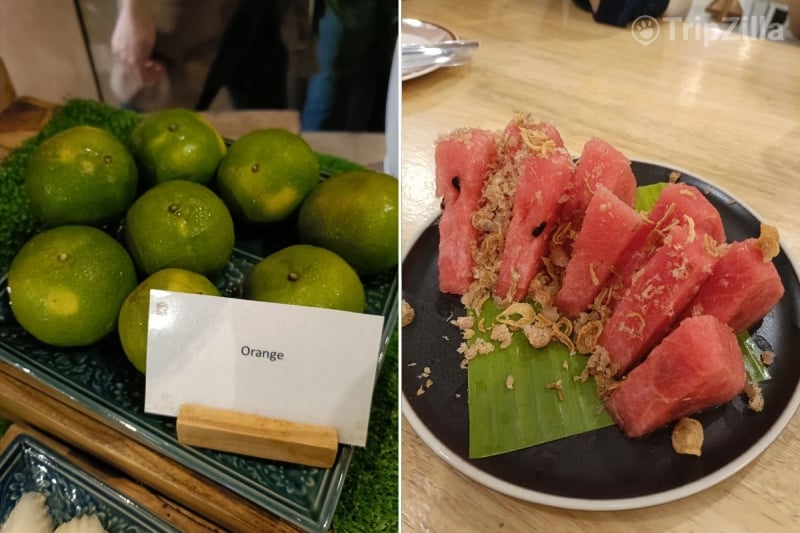
Beyond the sights and sounds, the culinary delights of Northern Thailand left an indelible impression. Two particular food experiences stood out during our excursion. The Chiang Mai orange, with its distinctive green skin, was a revelation. Despite its colour, it was perfectly ripe and burst with a sweetness that was both refreshing and incredibly flavourful – a truly pleasant surprise.
Another memorable dish was Pla Haeng Taeng Mo, a seemingly simple yet incredibly satisfying combination of watermelon with shallots. The unusual pairing created a delightful medley of sweet and savoury, highlighting the ingenuity of Thai cuisine.
Also read: Scenic Railway Journeys in Thailand That Are The Perfect Shelter From A Storm
Final thoughts
Our short but incredibly fulfilling trip to Chiang Mai and Lampang was a journey of discovery. From the modern vibrancy of One Nimman to the timeless traditions preserved in local communities and ancient temples, and the unique charm of Lampang’s horse carriages, Northern Thailand offers a tapestry of experiences that appeal to every kind of traveller. The warm hospitality, the rich cultural heritage, and the unforgettable flavours make it a destination I’m already longing to revisit.
Thanks to Travel Authority of Thailand (TAT) for the invitation and for such a memorable trip!




